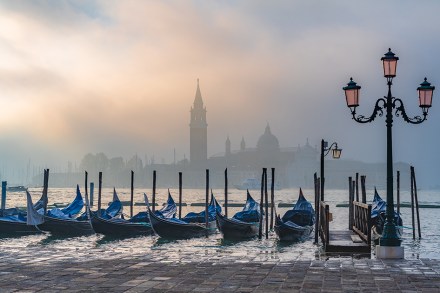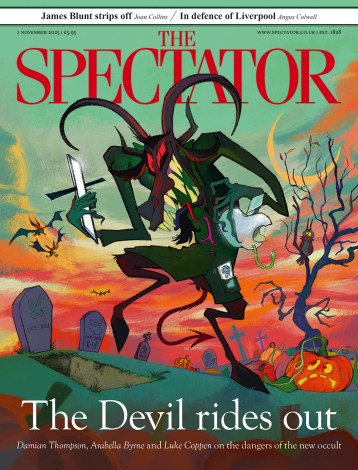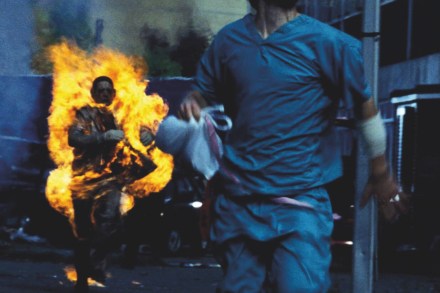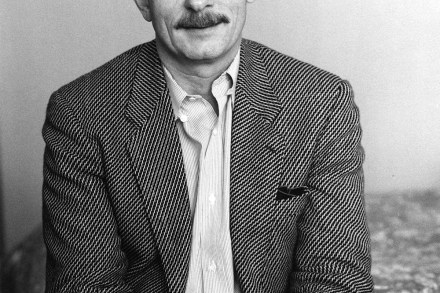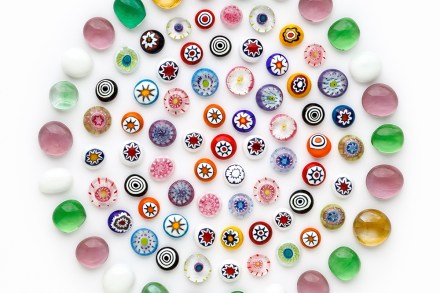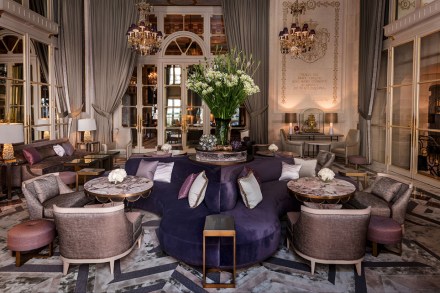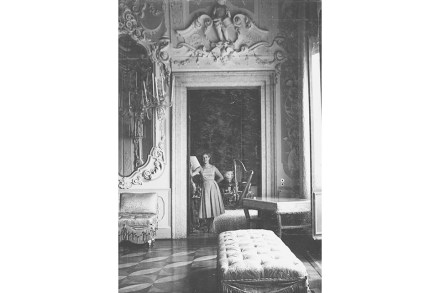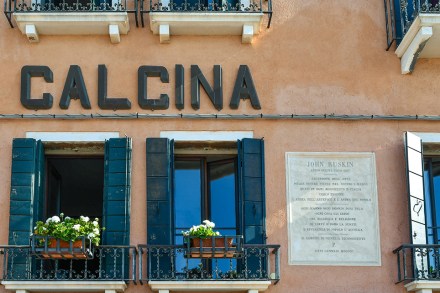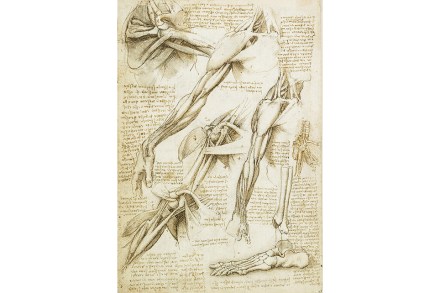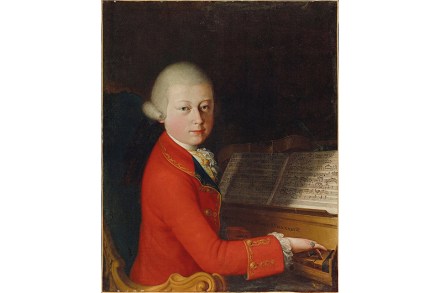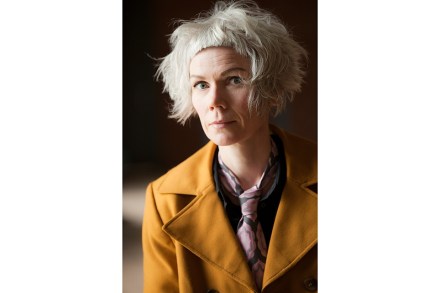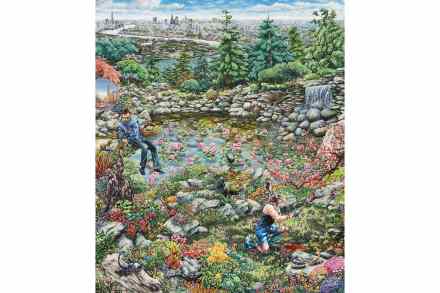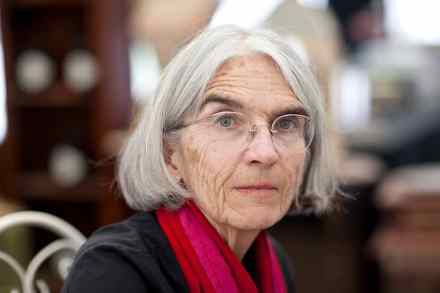Honeymoon from hell: Venetian Vespers, by John Banville, reviewed
‘I am by trade a man of letters,’ Evelyn Dolman tells us as the curtain rises on Venetian Vespers. ‘I had a middling reputation in the period coming to be known, in our increasingly Frenchified age, as the fin de siècle, that is, the 1890s.’ If his writing mostly appears in the review sections, his marriage to Laura Rensselaer, the daughter of an American oil baron, is front-page stuff. But Laura has proved to be a distant, phantasmal partner. Even during the Dolmans’ sole night of physical intimacy, ‘it was as if, clasping me to her breast, she were at the same time looking aside and past my shoulder’. It
